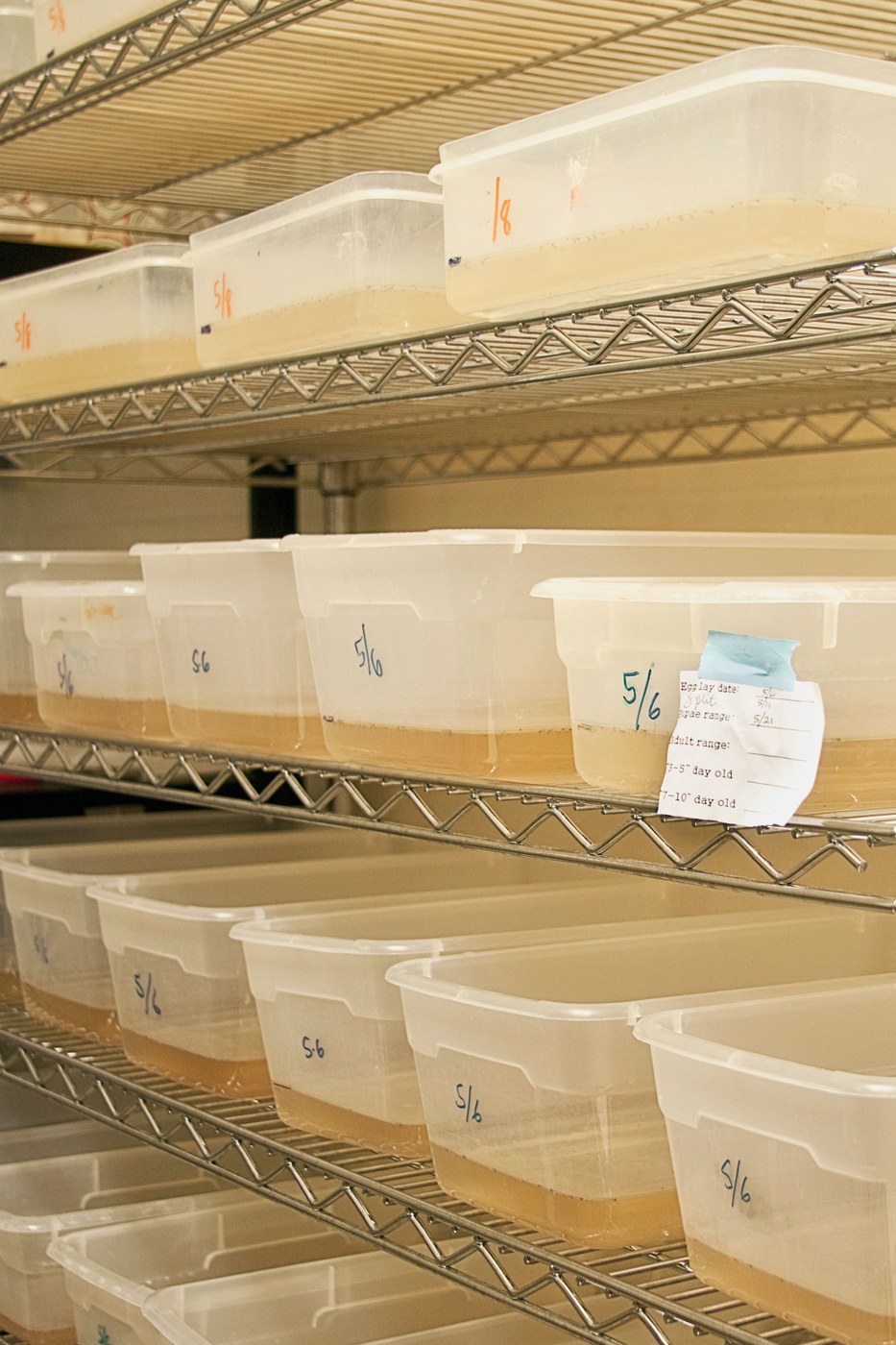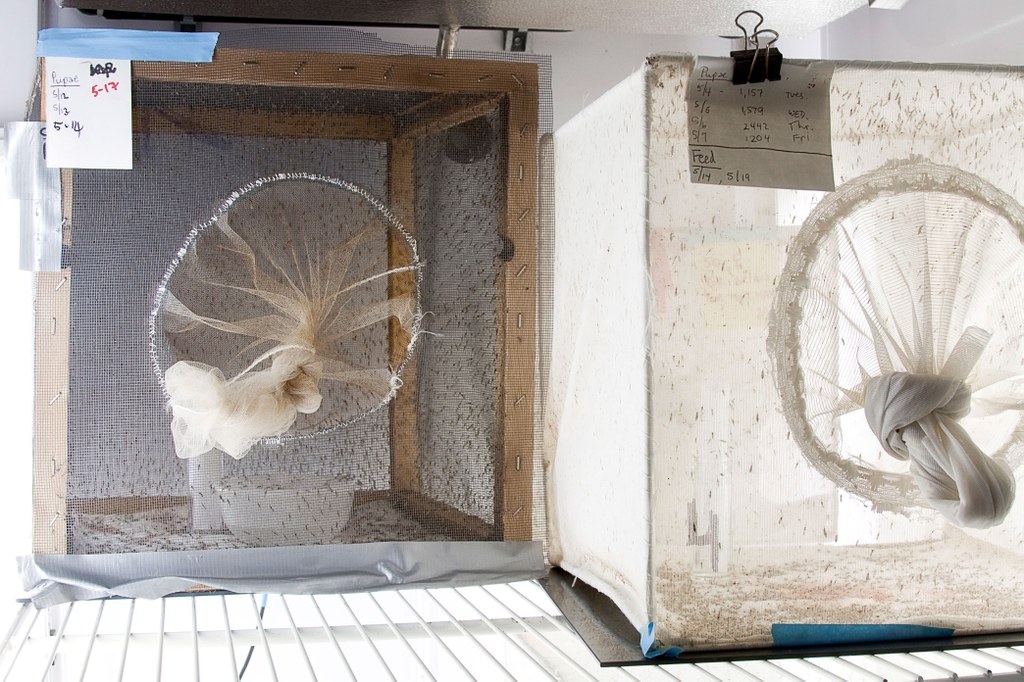Nina Dennington, Ph.D. candidate in Entomology with Dr. Matt Thomas’s ecological entomology lab

Graduate student Nina Dennington is studying yellow fever mosquitoes
Aedes aegypti, or the yellow fever mosquito, is one of the most dangerous animals on the planet due to its ability to vector human diseases. This particular species thrives in warm tropical and subtropical areas; and with the effects of climate change these areas are increasing in size and only getting hotter. Little is known about how this will affect the life cycle of these mosquitoes and how in turn this will affect the range and duration of the disease outbreaks that they cause. That's where Nina Dennington, a graduate student in Dr. Matt Thomas's ecological entomology lab, comes in.
By measuring "thermal performance curves", which show how temperature can affect things like fecundity and rates of survival in a species, researchers are better able to predict and work on preventative measures for disease outbreaks caused by these vectors. Currently, we have little detailed understanding of how climate change is affecting this species of mosquito, and how in turn that will change its influence on human health. Already there are reports from formerly temperate areas of spikes in diseases vectored by Aedes aegypti. In 2017 there were only 2 reported cases of dengue fever in Nepal, a temperate country bordering tropical habitat. In 2018 they had a much warmer and wetter summer, and the cases spiked to 150 in less than a year.

Dennington hopes to shed some light on this connection between the changing climate and increased rates of mosquito-borne diseases by creating a thermal performance curve for Aedes aegypti. To accomplish this, she is rearing groups of mosquitoes from eggs to adults under fourteen different temperature ranges. As their life cycle progresses, she measures fecundity and gonotrophic cycles by carefully counting the tiny eggs the adult females lay on specialized oviposition paper. Dennington is also keeping track of survival rates by measuring mortality throughout all life stages. The information she collects will then be modelled into a thermal performance curve.

The yellow fever mosquito doesn't just vector yellow fever, but also chikungunya, Zika and Mayaro viruses, and dengue fever. Dengue is a particularly nasty virus, which causes such severe muscle and joint pain that it is commonly called "breakbone fever", and can also present as a hemorrhagic fever. There is currently no known cure for dengue fever. With climate change raising temperatures in higher latitudes and potentially spreading the habitat range for these mosquitoes into areas that have never had to deal with them, the importance of this study cannot be understated.
In the future Nina states "a few things could happen, one being that mosquitoes shift their ranges to include higher latitudes that were not previously affected by their transmission. The other being that they could expand their ranges making it possible to continue affecting the places that they are currently, as well as new transmitting in new locations that were not previously affected".
Given that these two options can be defined as a very bad outcome and the worst possible outcome, the thermal performance curves from this study will hopefully help people know what they're going to be up against in the future.
By Alexandra Pagac

